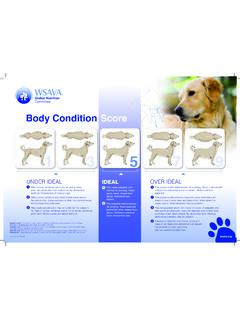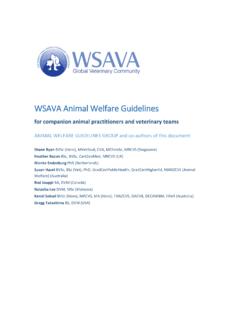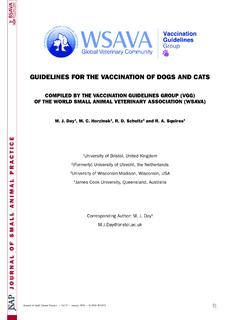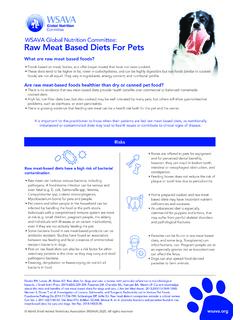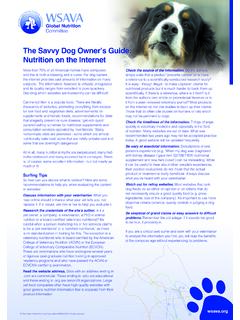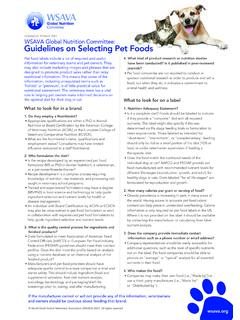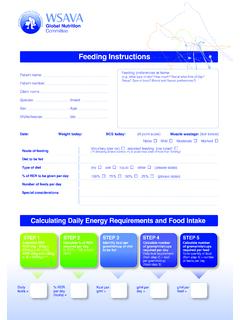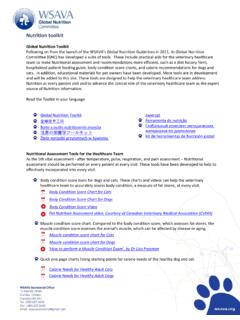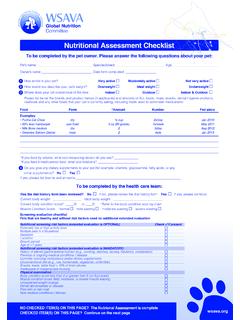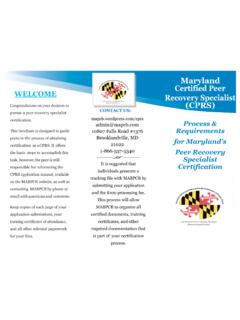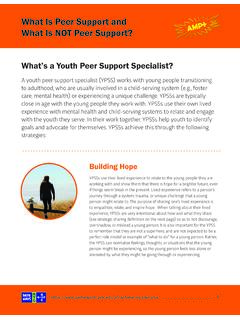Transcription of WSAVA List of Essential Medicines for Cats and Dogs
1 The World Small Animal Veterinary Association ( WSAVA ) List of Essential Medicines for Cats and Dogs Version 1; January 20th, 2020 Members of the WSAVA Therapeutic Guidelines Group (TGG) Steagall PV, Pelligand L, Page SW, Bourgeois M, Weese S, Manigot G, Dublin D, Ferreira JP, Guardabassi L 2020 WSAVA All Rights Reserved 1 2020 WSAVA All Rights Reserved ^ back to the top Contents Background .. 2 Definition .. 2 Using the List of Essential Medicines .. 2 Criteria for selection of Essential Medicines .. 3 Anaesthetic, analgesic, sedative and emergency drugs .. 4 Antimicrobial drugs .. 7 Antibacterial and antiprotozoal drugs.
2 7 Systemic administration .. 7 Topical administration .. 9 Antifungal drugs .. 10 Antiviral drugs .. 10 Antiparasitic drugs .. 11 Cardiorespiratory and renal systems .. 13 Endocrinology .. 14 Euthanasia drugs .. 16 Gastrointestinal system .. 16 Immunomodulatory drugs .. 17 Neurology .. 18 Oncology .. 19 Ophthalmology .. 20 Reproduction .. 21 Vaccines .. 22 Acknowledgements .. 25 2 2020 WSAVA All Rights Reserved ^ back to the top Background This list of Essential Medicines is presented by members of the WSAVA Therapeutic Guidelines Group (TGG) following extensive internal and external peer -review. Internal peer -review was provided by TGG members and its subcommittees, whereas external peer -review was performed by board-certified individuals and other WSAVA working/guideline groups.
3 The first draft of this document was presented at the WSAVA annual meeting in Toronto (2019) followed by a three-month audit during which WSAVA member affiliates were asked to provide comments, suggestions and overall feedback. These were then carefully considered by the TGG. The final list is a product of several rounds of revision and based on expert consensus. This list of Essential Medicines should allow veterinarians to provide proper preventive care and treatment of the most frequent and important diseases in dogs and cats while maintaining appropriate animal welfare standards. The purpose of the list is to improve and facilitate regulatory oversight for ensuring appropriate Medicines availability, drug quality, use and pharmacovigilance, while mitigating the growing black/counterfeit market of pharmaceutical products.
4 The list of Essential Medicines is not intended to define what Medicines should be always available within the clinic/hospital; rather that veterinarians should have ready access to these ( Medicines ) if required for the prevention and treatment of specific diseases and conditions. Additionally, the committee understands that there is no one-size fits all and that there may be specific Medicines used for endemic/epidemic diseases in some countries that the list does not cover. For example, the Essential antimicrobials were defined as those Medicines that are recommended as first line agents for treatment of at least one common disease condition.
5 Definition Essential Medicines are those that satisfy the primary health care and welfare needs of cats and dogs. Using the List of Essential Medicines The definitions of Essential Medicines were based on a similar list of Essential Medicines in human medicine by the World Health From a regulatory standpoint, it should be adapted in accordance with specific regional or national needs and conditions. The presence of a medicine in the Essential Medicines list carries no assurance as to the pharmaceutical quality of products containing that medicine . It is the responsibility of the relevant national or regional drug regulatory authority to ensure that each product is of appropriate pharmaceutical quality (including stability) and that, when relevant, bioequivalent products can be interchangeable.
6 1 3 2020 WSAVA All Rights Reserved ^ back to the top Individuals should be also aware of potential different concentrations and formulations of each compound/ medicine , and possible drug combinations present in a commercial product. Additionally, this list is not meant to be used as a reference for dosage regimens, drug interactions, indications or contra-indications, adverse effects or description of pharmacologic effects. It does not describe what Medicines require monitoring, specific means of disposal/elimination/record keeping or follow-up consultations as the list should not be used as guidance for therapy. Essential Medicines are presented in alphabetical order and divided by either drug category (anaesthetic, analgesics, immunomodulators, oncology drugs, sedatives, vaccines, antiparasitics and antimicrobials, including antibacterial, antifungal, antiprotozoal and antiviral drugs) or organ system/specialty (cardiorespiratory and renal, endocrinology, gastrointestinal, neurology, ophthalmology or reproduction).
7 The Essential list of Medicines for dermatology is presented in other sections of the document ( immunomodulators, antimicrobials, antiparasitics, etc.). Cross-reference between a drug category and an organ system is acknowledged where appropriate. Some veterinary specialties may not be listed as their lists of Essential Medicines have been merged into another drug category or organ system. Criteria for selection of Essential Medicines Essential Medicines are selected with due regard to disease prevalence and public/animal health relevance, evidence of clinical efficacy and safety, and comparative costs and cost-effectiveness.
8 These Medicines can be rarely replaced by other Medicines and their absence could compromise public/animal health and welfare. The core list presents a list of minimum medicine needs for a basic healthcare system, listing the most efficacious, safe and cost-effective Medicines for priority conditions. Priority conditions are selected based on current and estimated future public/animal health relevance, and potential for safe and cost-effective treatment. The complementary list presents Essential Medicines for priority diseases, for which specialized diagnostic or monitoring facilities, and/or specialist medical care, and/or specialist training are needed.
9 In case of doubt, Medicines may also be listed as complementary based on consistently higher cost or less attractive cost-effectiveness in a variety of settings and wide availability in the profession. 4 2020 WSAVA All Rights Reserved ^ back to the top Anaesthetic, analgesic, sedative and emergency drugs 2,3 Core list 1) Oxygen This is used for supplemental oxygenation to prevent or treat hypoxemia and patients with respiratory distress. It is also used as a carrier gas in volatile anaesthesia. Oxygen can be administered via flow-by , facemask, oxygen hoods or cages, nasal canula or endotracheal intubation.
10 2) An agonist of alpha-2 adrenergic receptors (xylazine, medetomidine or dexmedetomidine) Sedatives, muscle relaxants and analgesics that are used for premedication and chemical restraint with the benefit of reversibility (if an antagonist such as yohimbine, tolazoline or atipamezole is available). They are used as part of injectable protocols for spay-neuter programs and may counteract the muscle rigidity produced by ketamine. 3) An antagonist of alpha-2 adrenergic receptors (yohimbine, tolazoline or atipamezole) Reversal of the effects produced by alpha-2 adrenergic agonists.
